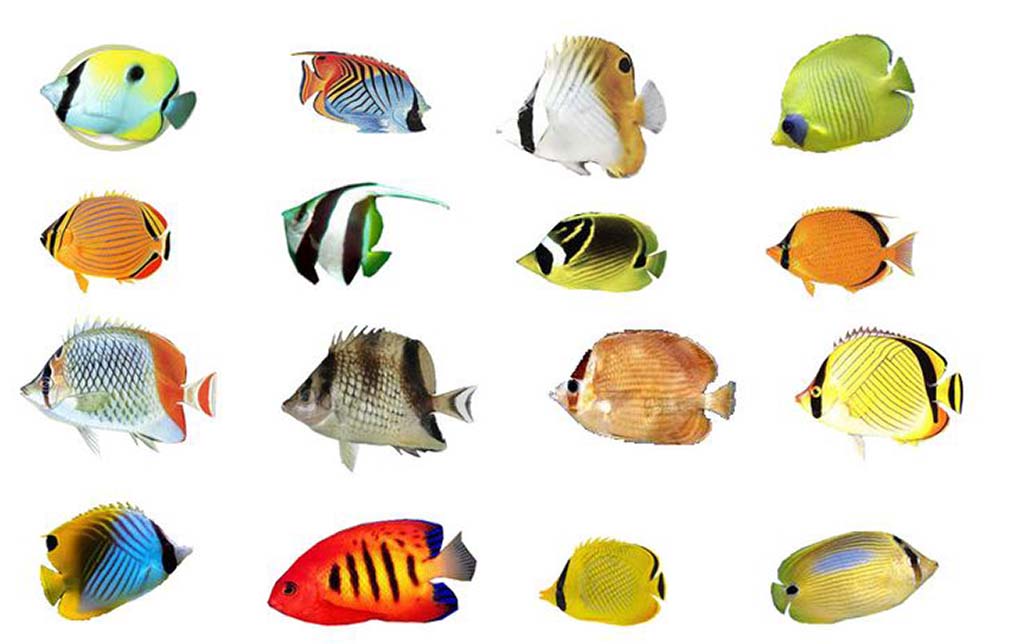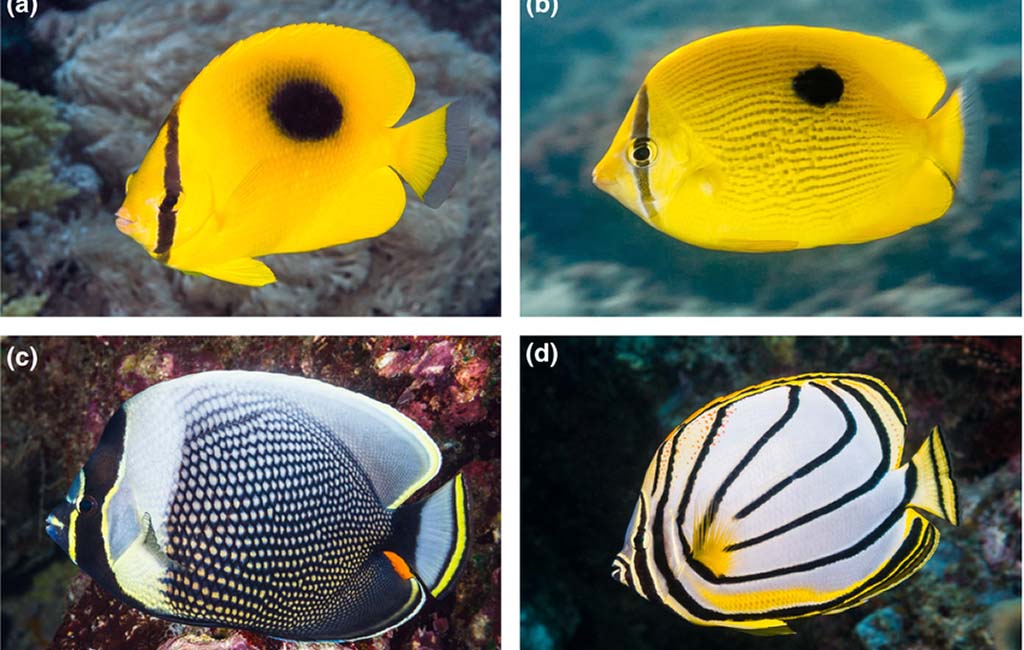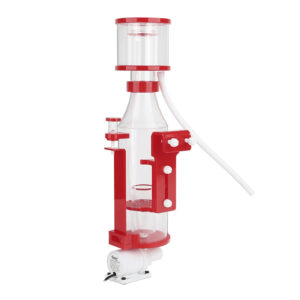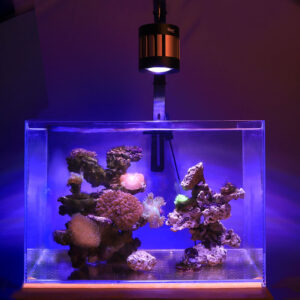Butterflyfish are one of the most interesting and colorful fish that impress divers and fans of aquariums. Through their colorful pattern, their feeding habits, and their ability to survive in different surroundings, they are a marvel of the Seven Seas. In this article, we will look at aspects such as Butterflyfish names meaning, Butterflyfish care, colors, what the Butterflyfish eats, natural enemies, and the appropriate company for Butterflyfish in a tank. Let’s dive in!
Content Table
Why Is It Called Butterflyfish?
The name “butterflyfish” originates from their stunning resemblance to butterflies. These fish are adorned with intricate patterns and vibrant colors that mimic the appearance of butterfly wings. Additionally, their elegant, fluttering movements as they swim through coral reefs or aquariums enhance this resemblance. The comparison to butterflies is further amplified by their small, delicate bodies and their ability to maneuver gracefully in their underwater habitats.
Colors of Butterflyfish
Butterfly fish are known for their kaleidoscope of colors. Species of butterflyfish, like the Long Nose Butterflyfish, Raccoon Butterflyfish, and Copperband Butterflyfish, offer a spectrum of colors from yellows to oranges and blues to blacks. Many butterflyfish are boldly striped, spotted, or marked with eye-like markings to camouflage them from predators. But these patterns aren’t just visually stunning — they also serve to protect – blending the corals into their coral reefs, offering at least a bit of protection against threats.
Diet and Feeding Profile of Butterflyfish
The diet of butterflyfish varies with species and habitat. In the wild, they primarily feed on:
| Coral polyps | Zooplankton |
| Small invertebrates | Algae |
In captivity, their diet should as closely as possible mimic what they fed on when in the wild. You can supplement high-quality marine fish pellets or flakes with frozen or live foods, like brine shrimp and mysis shrimp. Specifically, aquarium care can be difficult for some of these species, especially if their natural diet is on coral polyps, which are hard to reproduce in an aquarium.
Which Butterflyfish Are Easy to Keep?
Not all the butterflyfish can be kept by beginners. Some are more adaptable and hardy, easier to keep in home aquariums. Among the easiest butterflyfish to maintain are:
- Raccoon Butterflyfish: This species is well known to adapt to different tank conditions and a varied diet, with a proven resilience to make an excellent new aquarist choice.
- Threadfin Butterflyfish: An elegant, peaceful, and visually striking species, one that acclimates very well to captivity, makes for a great choice for those seeking elegance in their tanks.
- Copperband Butterflyfish: Although occasionally a little harder, this species is known by many to be beginner-friendly, with its unique appearance and less demanding care requirements.

Species of butterflyfish
How to Keep the Sea Wonder Butterflyfish in a Tank
You have to be a little careful to create a suitable tank environment for butterflyfish. Here are the key factors to ensure their health and well-being:
- Tank Size: Most butterflyfish species require large tanks, so it is recommended that you maintain a minimum of 75 gallons for most butterflyfish species.
- Water Quality: Your water parameters should be stable with a temperature of 72−78°F (22−26°C), pH levels between 8.1 and 8.4, and a salinity of 1.020−1.025.
- Aquascape: Include live rocks, corals (if the species is reef-safe), and plenty of hiding spots to mimic their natural habitat.
- Diet: Provide a varied diet, including frozen and live foods, to meet their nutritional needs.
The Predators of Butterflyfish
Butterflyfish are numerous predators in their habitat. Predators of butterflyfish in the wild include:
- Groupers: Groupers, who offer their victims no chance in the attack − using ambush tactics and great gaping jaws to crush and swallow prey whole − are famous for their taste for small fish, such as butterflyfish.
- Moray Eels: Stealthy predators, they lurk in crevices and among rocks and coral reefs, ambushing butterflyfish with deadly strikes and razor-sharp teeth and making escape tricky.
- Reef Sharks: Reef sharks don’t ingest butterflyfish as their primary food but may opportunistically eat them. But their speed and hunting efficiency make them difficult opponents out in the wild.
However, butterflyfish do not have to live in isolation in a saltwater fish tank because they can still be a victim of predatory threats if they are housed together with incompatible tank mates. Aggressive species such as:
- Lionfish: Butterflyfish are at serious risk of being attacked by their venomous spines and territorial behavior.
- Triggerfish: Triggerfish are known to be aggressive and have strong jaws that can cause butterflyfish to harass or injure them.
- Large Wrasses: These wrasses fish can become overly dominant, potentially stressing or attacking more peaceful tank inhabitants like butterflyfish.

Butterflyfish care
What Fishes Pair Well with the African Butterflyfish?
When it comes to choosing the right tank mates for the butterflyfish, it’s important to choose wisely. Here are some ideal companions based on the peaceful nature of butterflyfish:
- Clownfish: These non-aggressive, little colorful fish are good to keep with butterflyfish. The two have little else in common — except their love for a calm tank and their love of community tanks.
- Gobies: Gobies are peaceful and bottom-dwelling and do well in the presence of butterfly fish. Their non-territorial nature ensures minimal conflicts in shared spaces.
- Tangs: Tangs make good companions as long as they aren’t overly territorial. The graceful swimming habits of butterflyfish go well with their active swimming habits, and there’s no stress involved.
- Dartfish: Butterflyfish make calm creatures and are excellent tank mates. Dartfish is shy and unthreatening and fits right in with a peaceful community setup.
Bringing It All Together
Butterflyfish are wonders of the sea that add beautiful colors and individual characters to the marine biotope world. It also shows what they look like, the type of food they feed on, and their ability to thrive in home aquariums and fascinate enthusiasts worldwide. But, the concern should be raised when one is planning to have butterflyfish in the first place because properly addressing its needs would require the right environment, choosing the right tank mates, and shielding them from the enemies.
A good diet and the right way to manage the aquarium will help you take good care of these attractive pets as well as make you able to watch them. However, butterflyfish can be recommended to any aquarist, be it a professional or an amateur, as they will contribute to the elegance of your marine experience.


Leave a comment